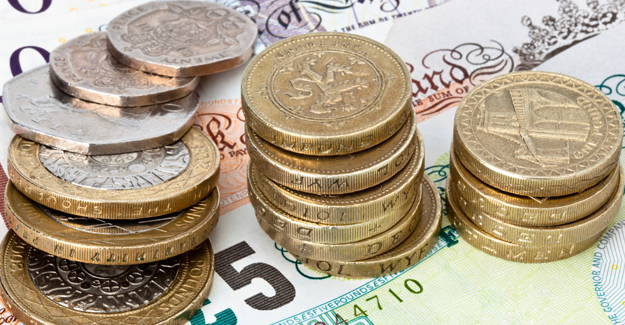Road spending falls to a quarter of motoring tax income
NEWS August 2020
Earlier in 2020 the Foundation published an update of this 2014 report, however, following advice, we are revisiting the analysis with a view to using the Treasury GDP deflator – rather than CPI(H) – to track changes in spending and taxation. We hope to republish the update in due course.
Road users are now paying four times more money to the Chancellor in motoring taxation than is being spent by the government on the roads.
A report for the RAC Foundation shows that in 2012, £30.7 billion was raised from direct motoring taxation (excluding VAT): £24.8 billion from fuel duty and £5.9 billion from VED.
However in the same year just £7.5 billion (24% of motoring tax income) was spent on the road network: £3 billion of it on national roads and £4.5 billion on local roads.
Allowing for inflation spending on roads has actually fallen by 22% over the past five years.
Spending on roads and motoring tax income in recent years (in outturn prices, not inflation adjusted):
| Year | 2008 | 2009 | 2010 | 2011 | 2012 | Average |
| Tax income
VED & fuel duty excluding VAT |
£28.9 bn | £29.5 bn | £30.8 bn | £30.9 bn | £30.7 bn | £30.2 bn |
| Expenditure on roads
Local and national |
£8.8 bn | £9.7 bn | £8.9 bn | £7.9 bn | £7.5bn | £8.6 bn |
| Expenditure as % of taxation | 30% | 33% | 29% | 26% | 24% | 28% |
Note. The source data for these tables are presented in a mix of calendar and financial years. For ease of reference we have presented the data as all being based on calendar years.
The report was written by transport consultant David Bayliss. His study shows that the Chancellor now receives, in broad terms, a net 9p per mile travelled by car and van drivers.
By way of comparison:
- bus passengers are subsidised 10p per mile (including concessionary fares support)
- rail passengers are subsidised 14p per mile
- London Underground passengers are subsidised 16p per mile



